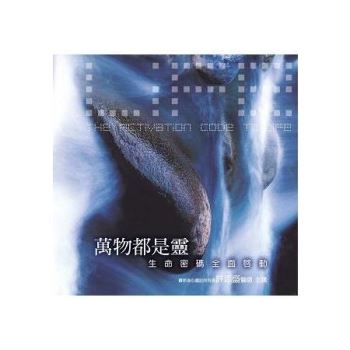The eight chapters in this book explore more than 150 years of the development of several modern sports – baseball, basketball, cricket, football, handball, ice hockey and lacrosse – across the two Americas, Asia, Australia and Europe, some analysing a century of events since the mid-nineteenth century and some only a few years in the very present. Drawing on the methods of history, international relations, political science, and sociology, the contributing authors examine various theories of sporting globalization. The chapters take a balanced look at the concepts of the nation state and the connected world, which are the substantive core around which modern human society is ordered. They construct stories of entanglements and convergences, from within and without the nation state, in which the national and the non-national are not mutually exclusive. The key features of this collection are how cultural elements are introduced to sport, how changes are perceived, how sporting practices and institutions can be defined at geopolitical and other levels, how we might conceptualize the perimeter of judging the national–transnational or the local–translocal paradigms, and how we could complicate the understanding of sport/knowledge transfer by ascribing different degrees of importance to origin, process, purpose, outcome, personnel and network. This book is a multidisciplinary exploration into the development of modern sporting culture from global and transnational history perspectives. The chapters originally published as a special issue in Sport in Society.
| FindBook |
有 1 項符合
Global and Transnational Sport: Ambiguous Borders, Connected Domains的圖書 |
 |
Global and Transnational Sport: Ambiguous Borders, Connected Domains 作者:Naha 出版社:Routledge 出版日期:2018-02-27 語言:英文 規格:精裝 / 17.1 x 25.4 x 1.3 cm / 普通級 |
| 圖書館借閱 |
| 國家圖書館 | 全國圖書書目資訊網 | 國立公共資訊圖書館 | 電子書服務平台 | MetaCat 跨館整合查詢 |
| 臺北市立圖書館 | 新北市立圖書館 | 基隆市公共圖書館 | 桃園市立圖書館 | 新竹縣公共圖書館 |
| 苗栗縣立圖書館 | 臺中市立圖書館 | 彰化縣公共圖書館 | 南投縣文化局 | 雲林縣公共圖書館 |
| 嘉義縣圖書館 | 臺南市立圖書館 | 高雄市立圖書館 | 屏東縣公共圖書館 | 宜蘭縣公共圖書館 |
| 花蓮縣文化局 | 臺東縣文化處 |
|
|
圖書介紹 - 資料來源:博客來 評分:
圖書名稱:Global and Transnational Sport: Ambiguous Borders, Connected Domains
|











